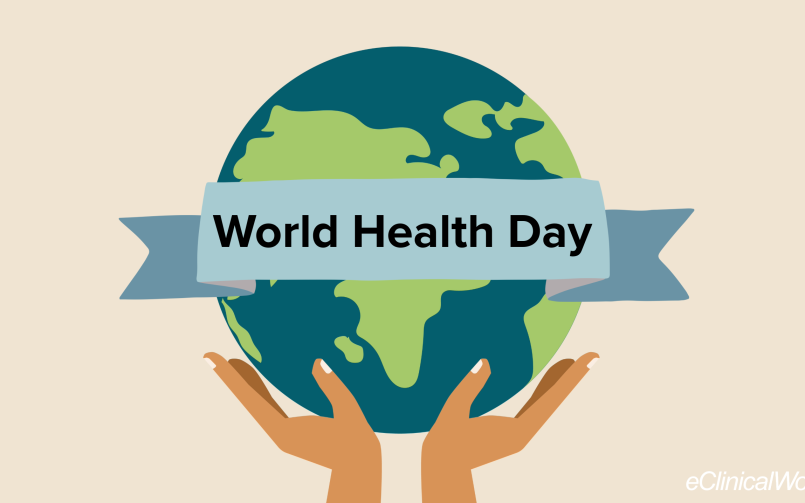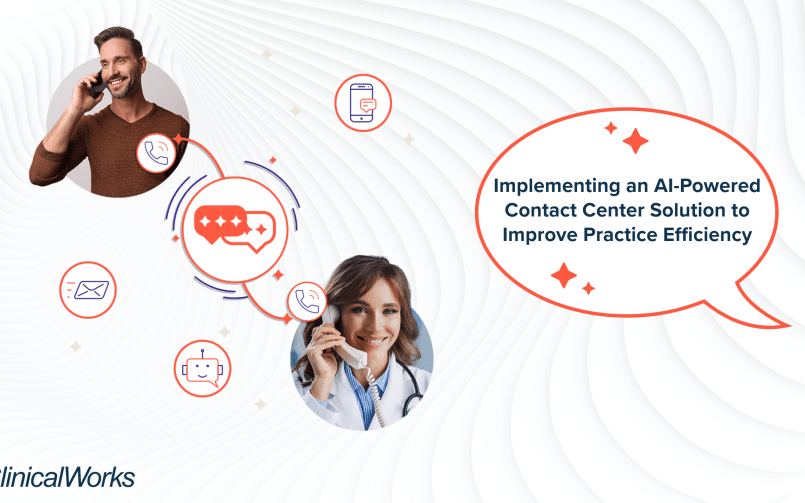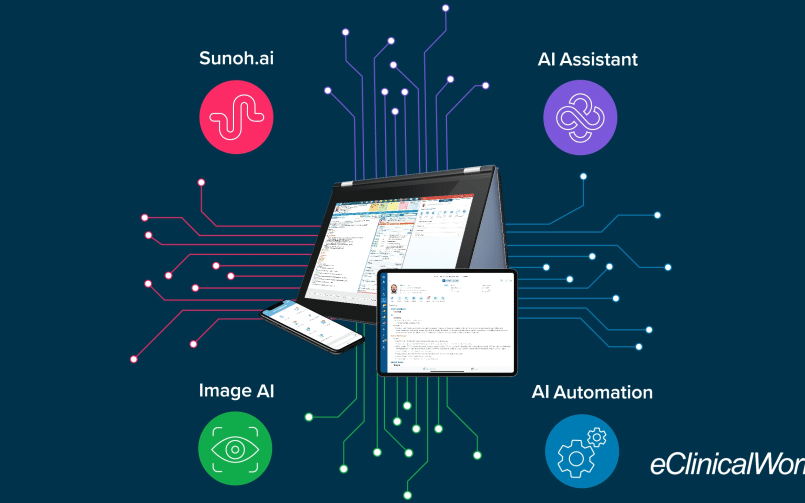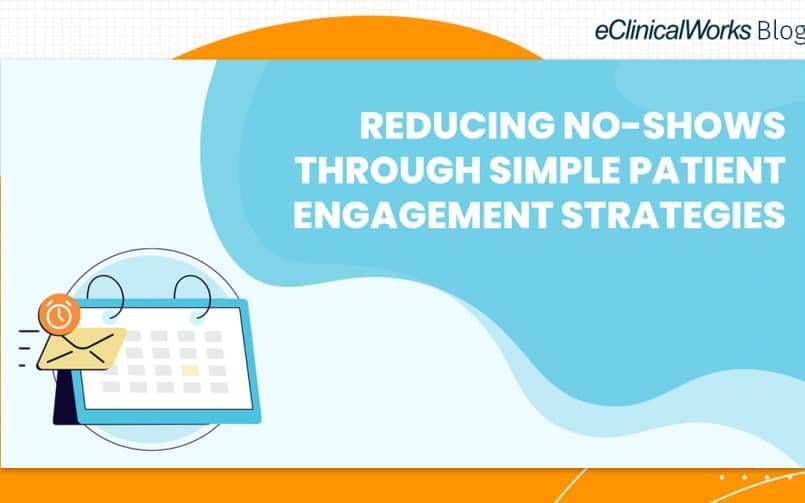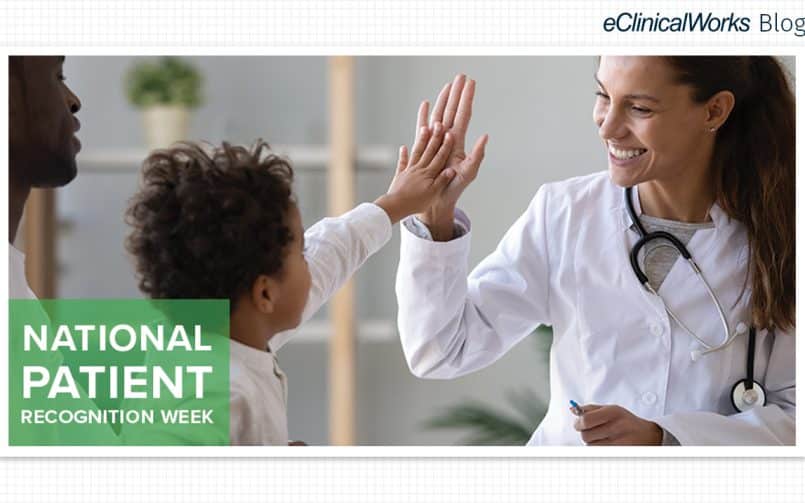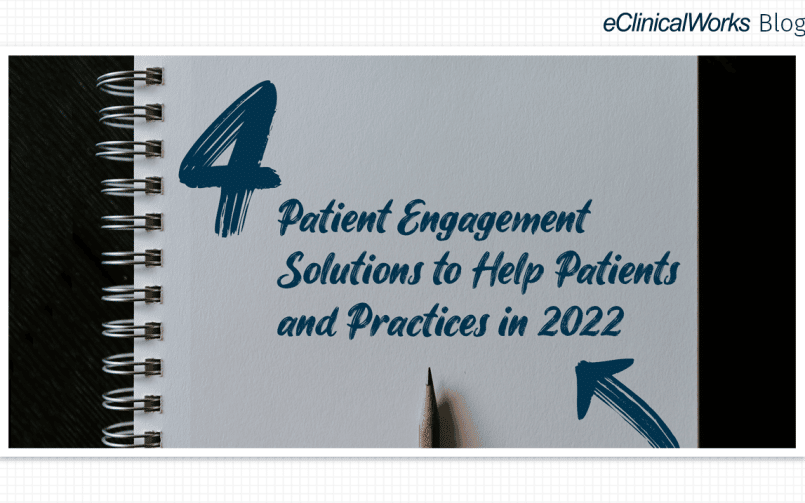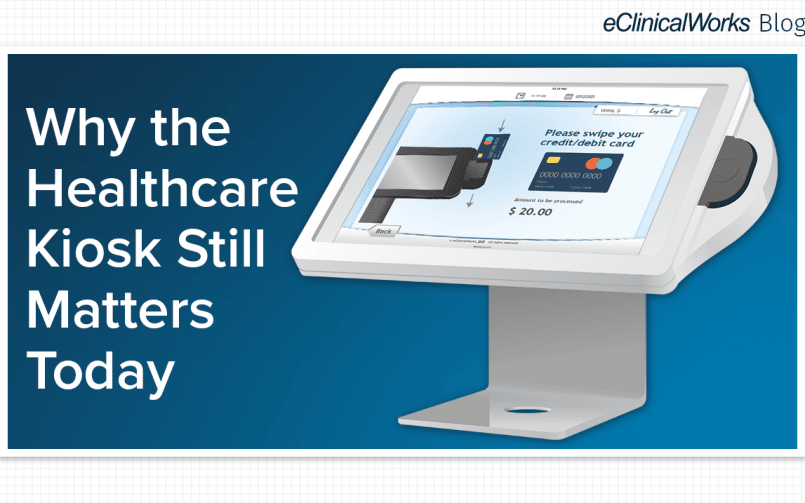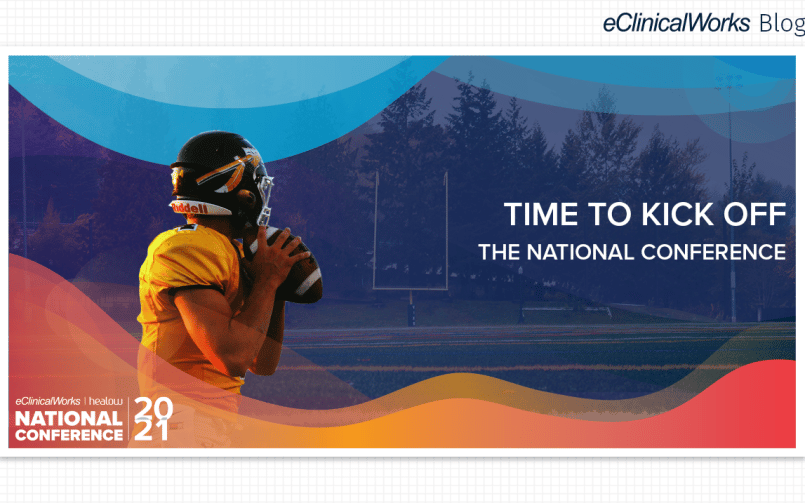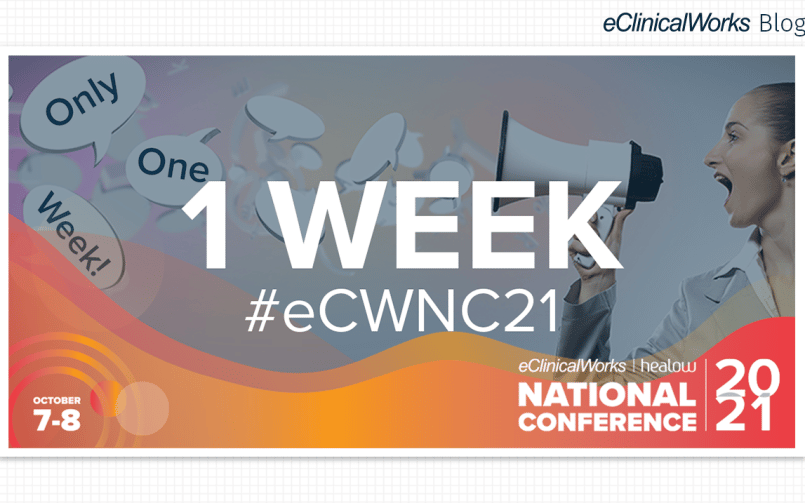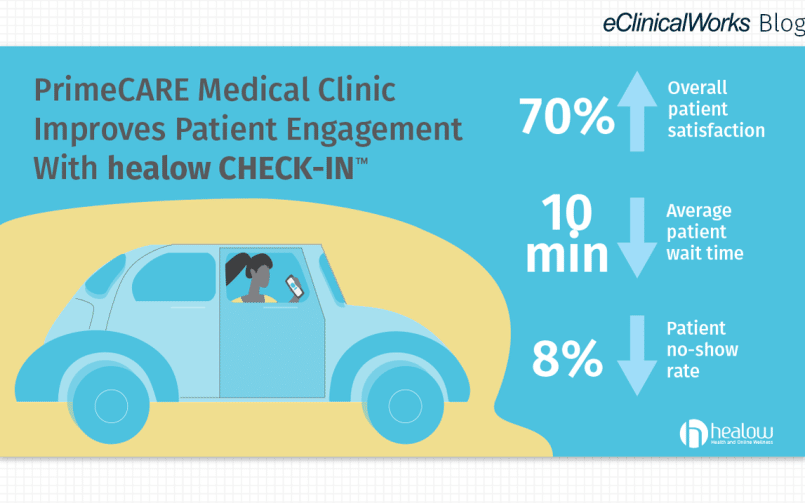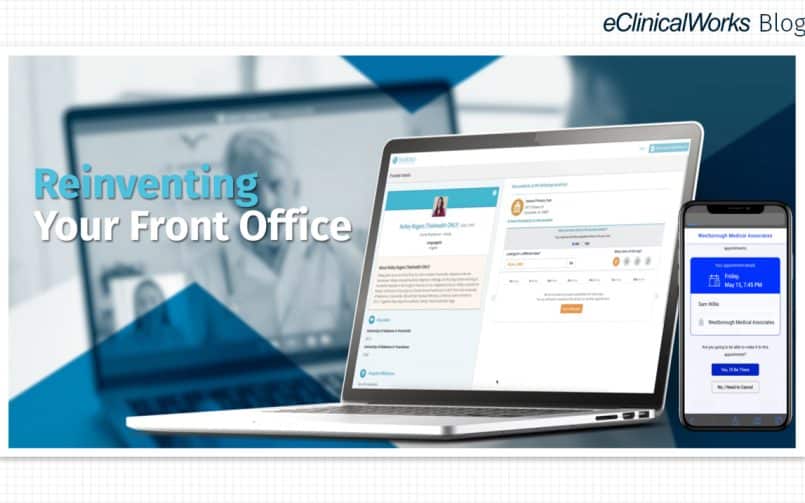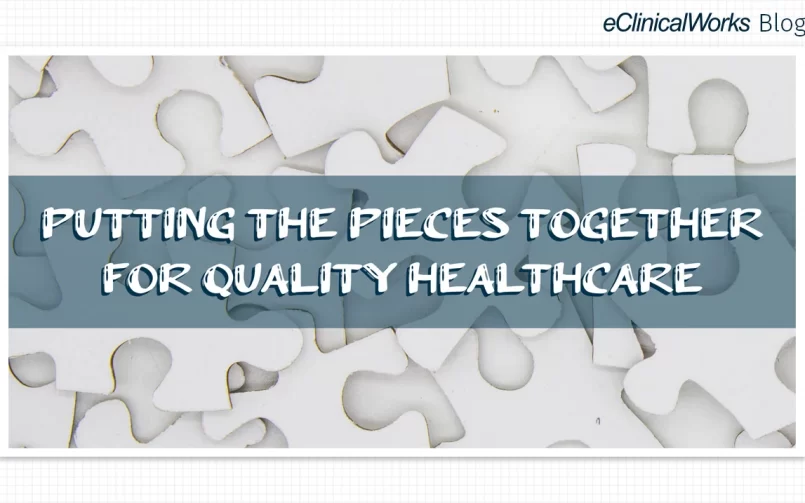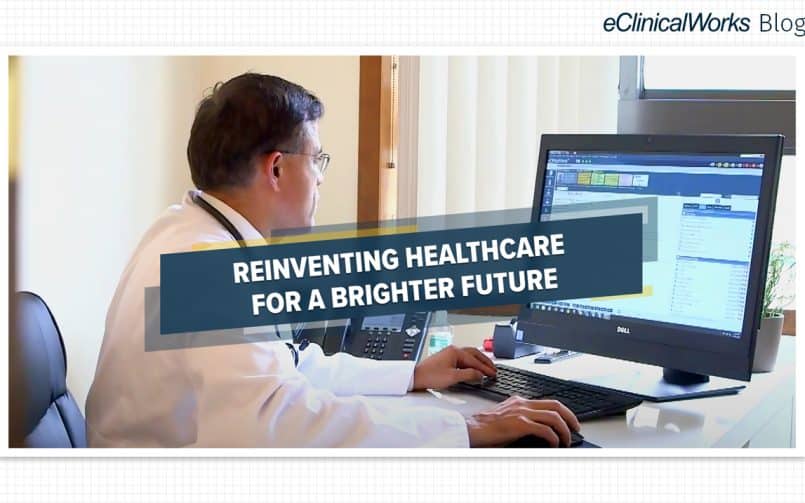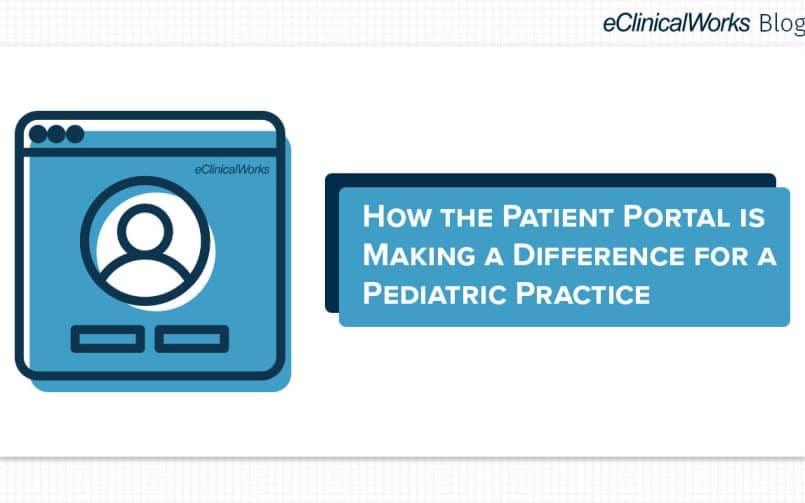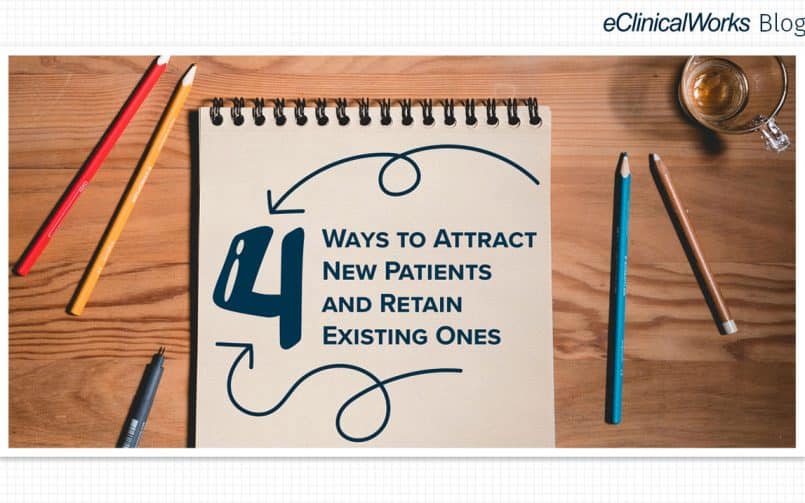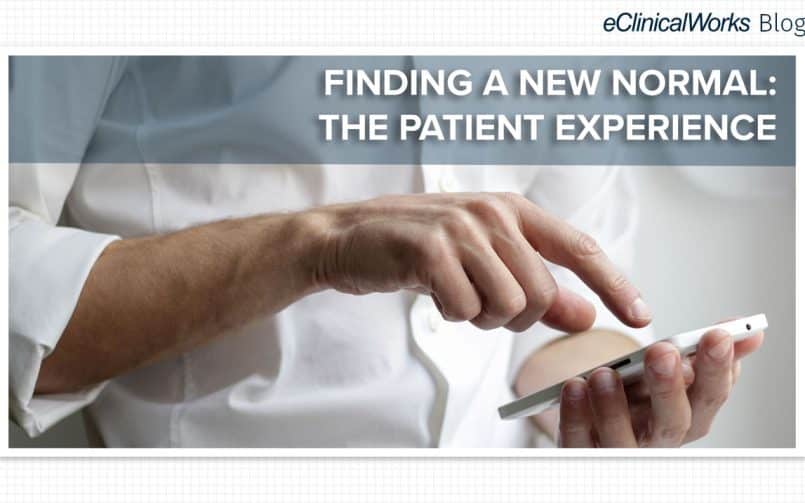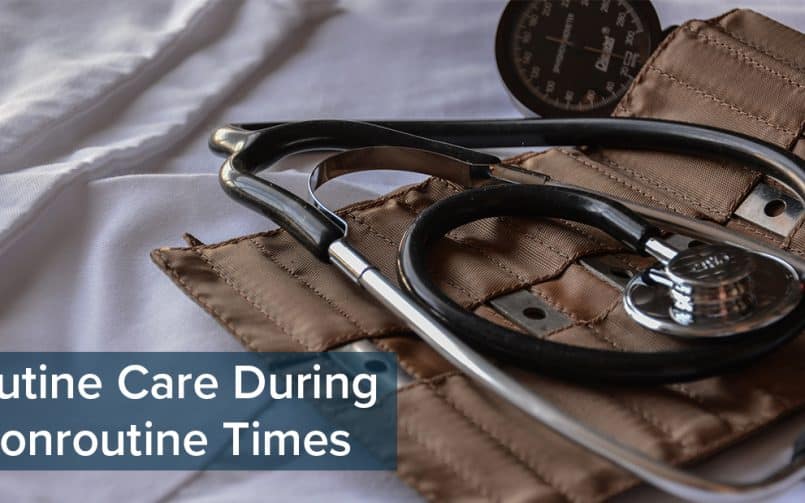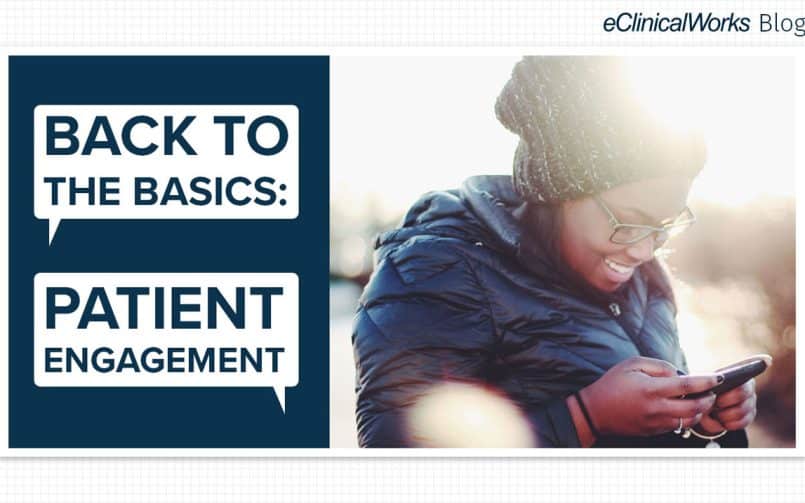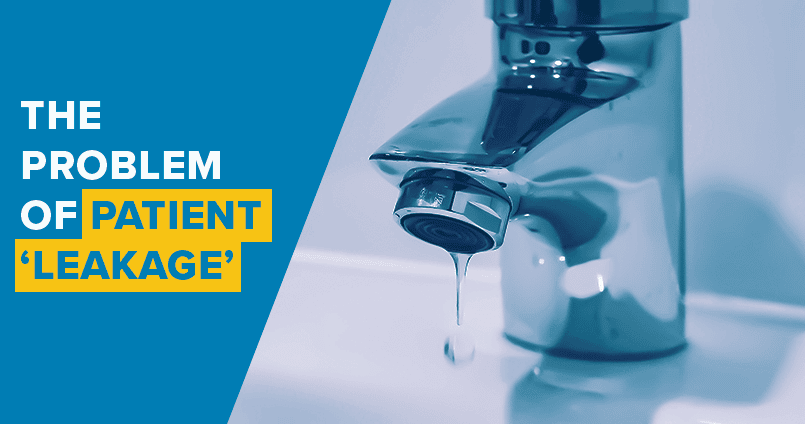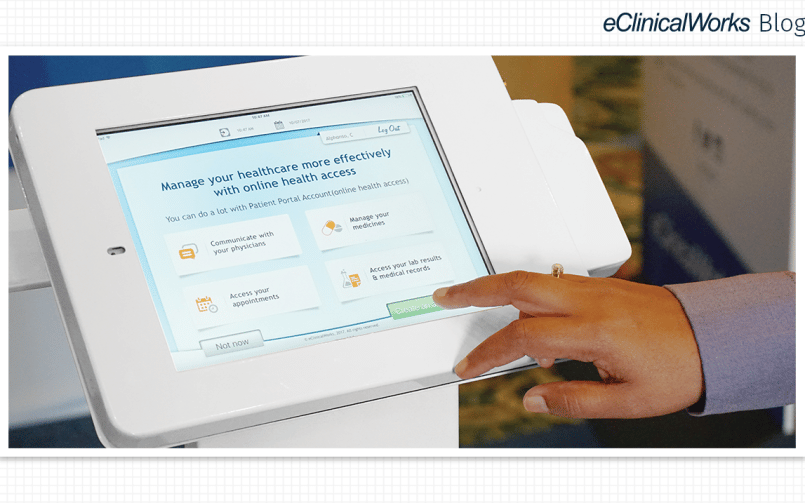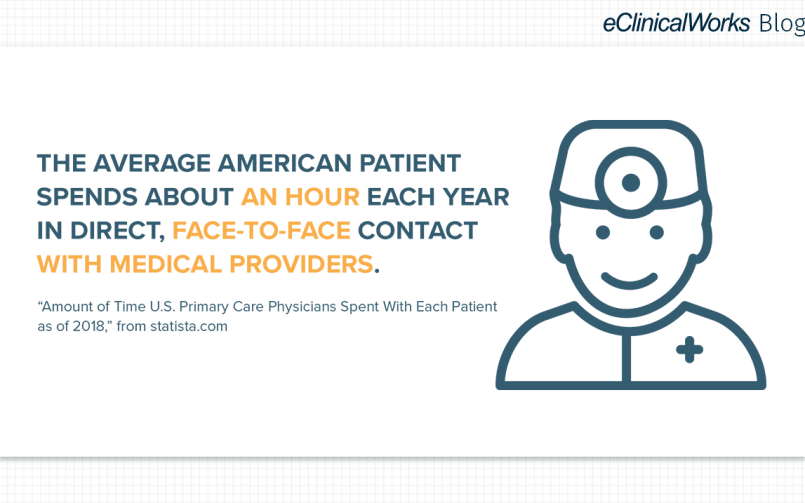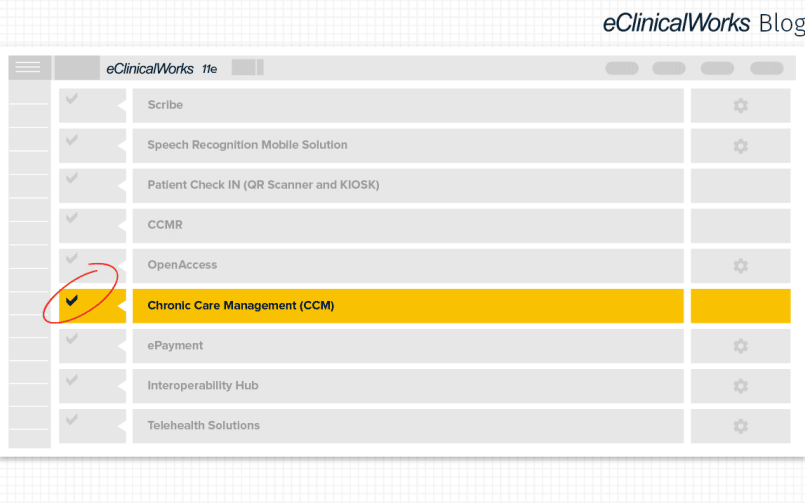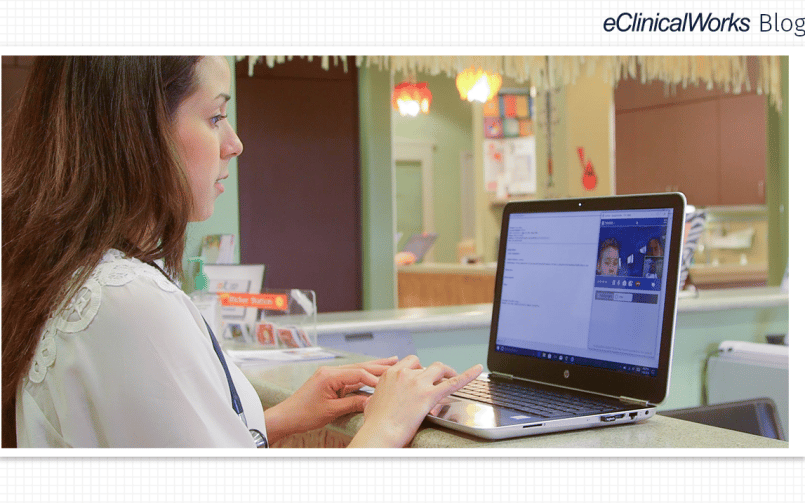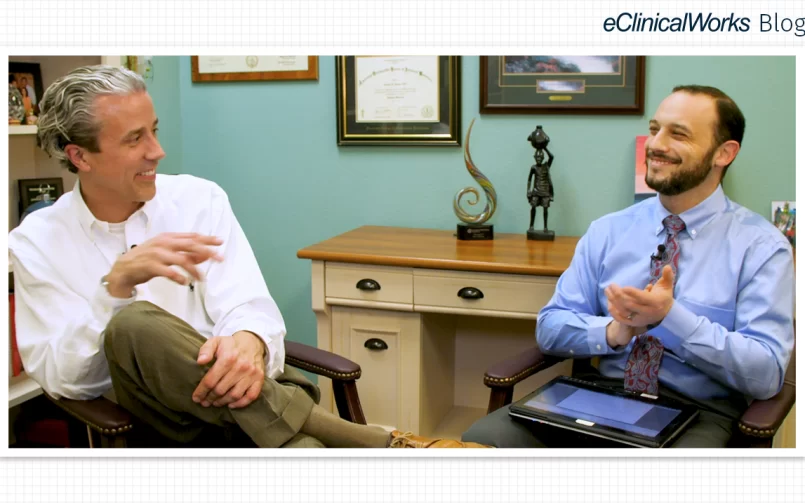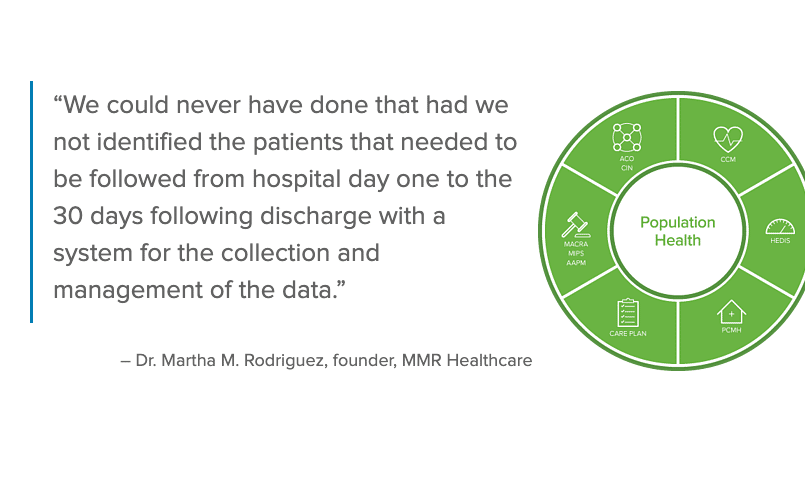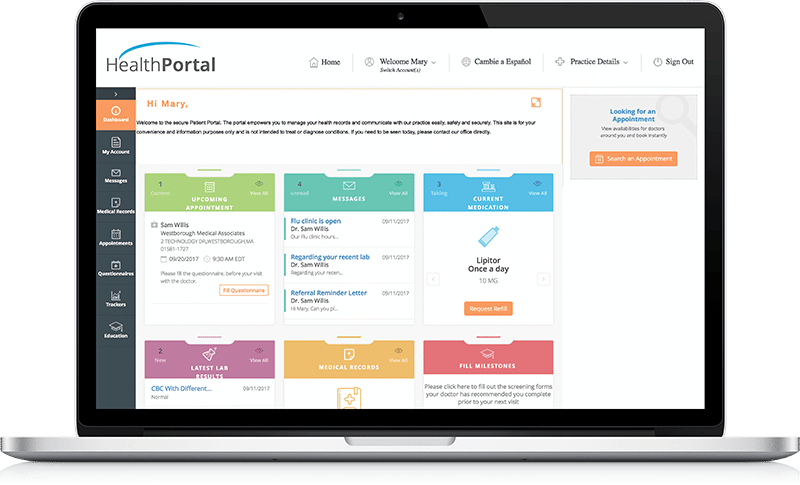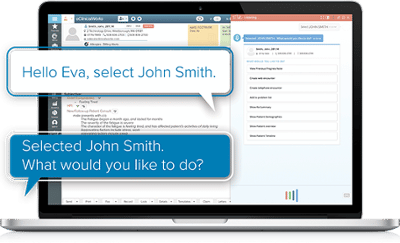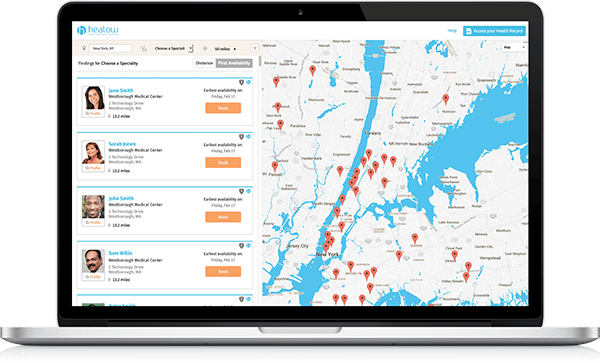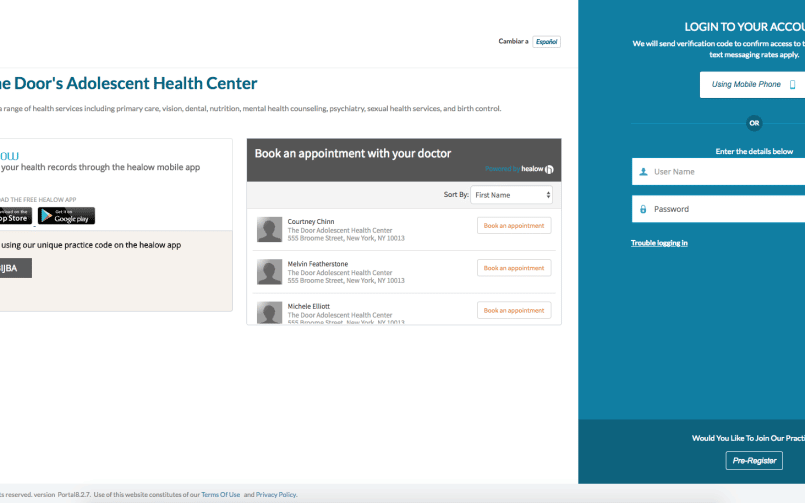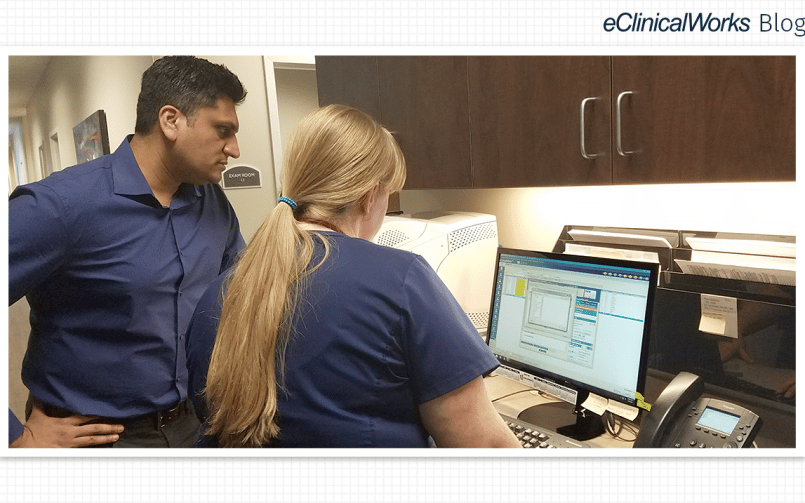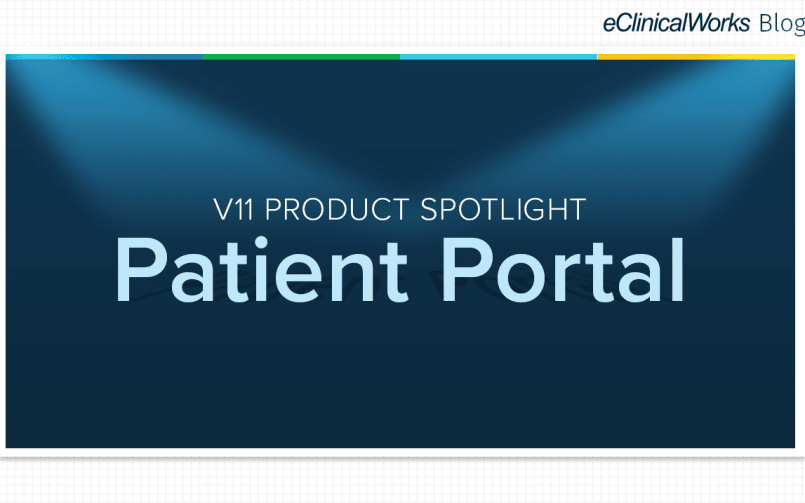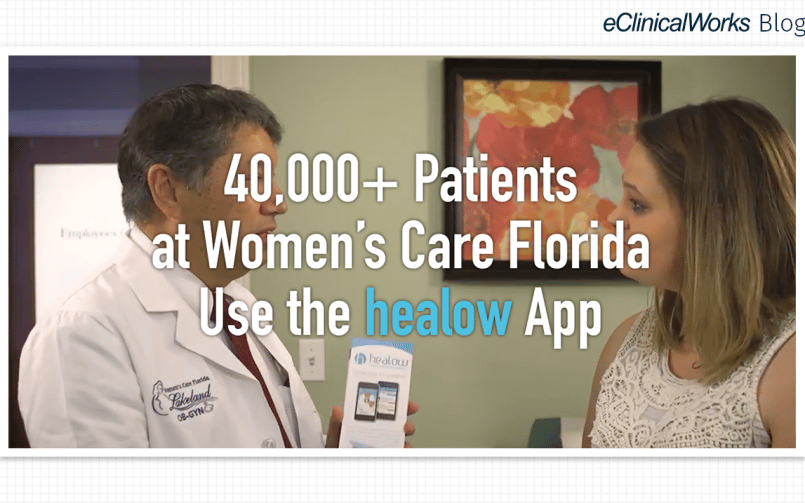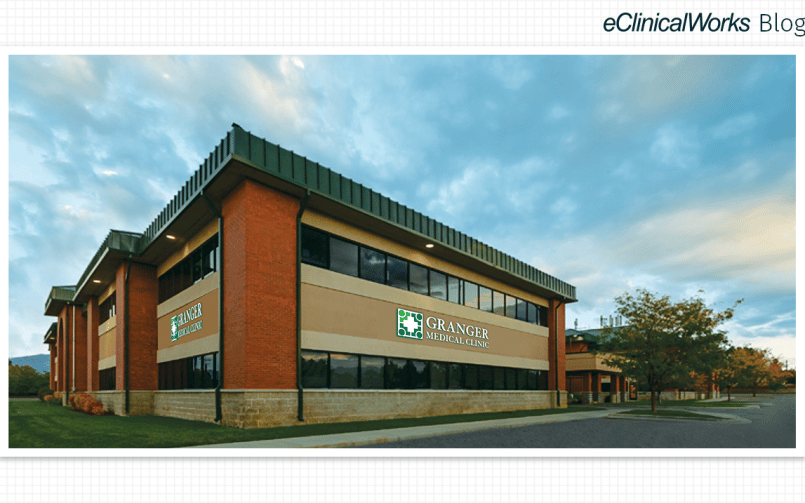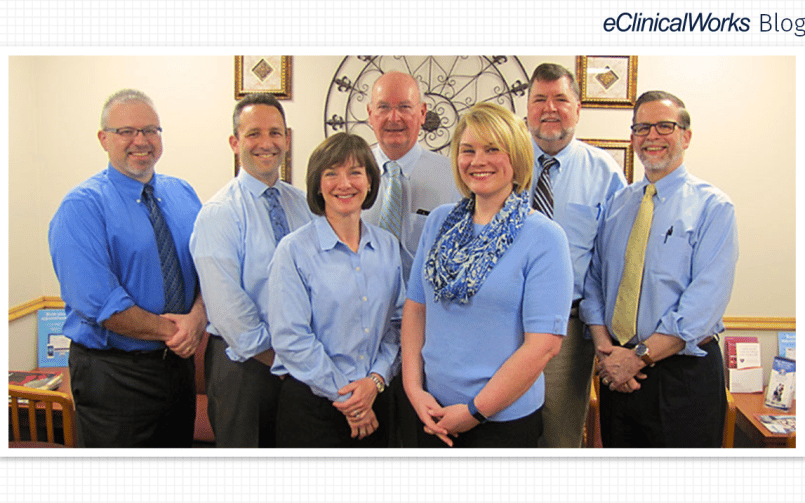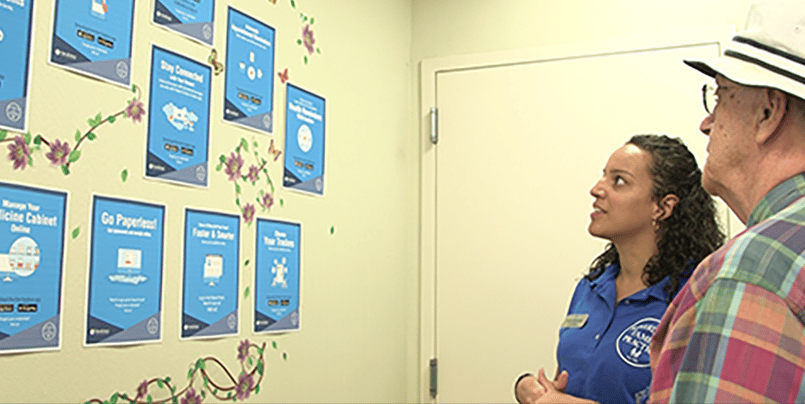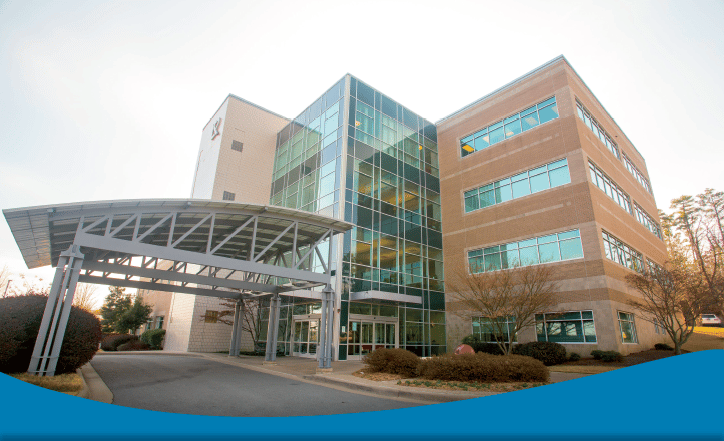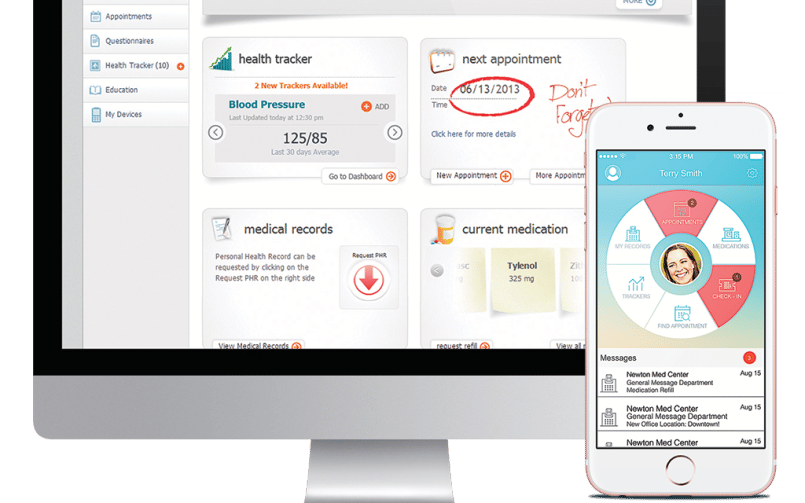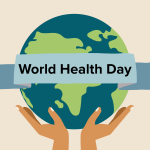Engaging hard-to-reach patients
- 18 February 2021
- Blog
eClinicalWorks
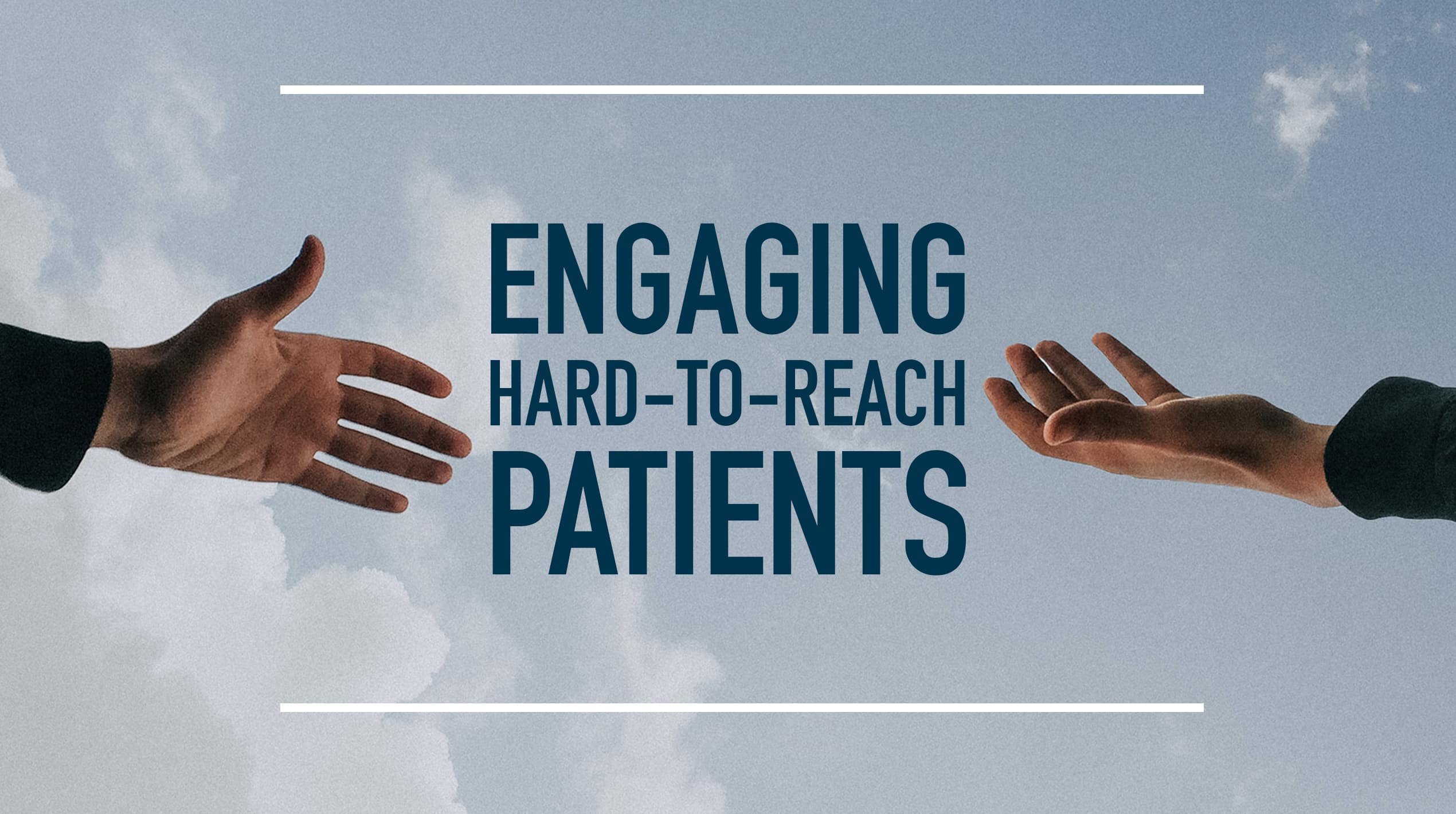
Amid abundant advances, health disparities persist
It is perhaps the greatest paradox in the American healthcare system: In an era of unprecedented advances in information technology and the understanding and treatment of disease, health inequities and gaps in care persist in many parts of the U.S.
A January 2016 report in the American Journal of the Medical Sciences traced the recent history of such disparities. A national task force created in 1984 found that several factors, including “race and ethnicity, gender, disability, and geographical residence,” could be correlated to disparities.
In short, some Americans suffer higher rates of diabetes, cancer, kidney disease, cardiovascular disease, and mental health problems — and experience poorer outcomes — simply because of who they are, where they live, and the difficulties they face in accessing quality healthcare.
Two challenges in Patient Engagement
These health disparities in the healthcare system present medical providers with two challenges.
The first is fairly simple: Locate and deploy the most cost-effective healthcare IT to make the best use of limited healthcare resources. In today’s society, achieving the first goal will invariably mean practices need to use a comprehensive Electronic Health Record that offers Population Health and Patient Engagement tools.
The second challenge is more subtle but arguably more important: Find ways to connect limited resources to a diverse patient population.
Understanding where the roadblocks are

To understand how to meet these challenges, do a thought experiment: Imagine two practices serving a poor, rural community.
Practice A has a state-of-the-art EHR, a gleaming clinic, world-famous doctors, and a savvy engagement team that sends email and text reminders to patients. Some patients make it to the clinic. The care they receive is superb. But gaps in care persist in the community.
Practice B has a pair of old-fashioned doctors who still work with paper charts but understand that patients in their community generally lack computers, don’t understand how to use the ones they may have, and can’t easily get to their office. They go into the community and make house calls. They work with schools and community organizations to set up high blood pressure screening clinics. They knock on doors and make lots of phone calls. Slowly, they close those gaps in care.
Real-world tools and applications
The lesson from our thought experiment is clear: Great technology and knowledge of the community are both essential elements in reaching every patient and addressing health inequities.
Happily, real-world practices aren’t exactly like either of our fictional practices. They have an EHR that meets government requirements but understand that technology alone isn’t enough. They understand their patient populations but recognize they could do more. They recognize the need for balance.
A balanced approach to reaching every patient

That balanced approach is exactly what drives the healthcare IT solutions offered by eClinicalWorks® and healow®.
- We work with 800+ health centers every day to overcoming barriers of time, distance, and economics by delivering evidence-based care to underserved communities. Our customers have tools for sliding scale fees, managing government grants, working with AIDS patients, meeting reporting requirements, and much more.
- Where patients have access to a computer in the home, healow TeleVisits™ can play a critical role in making care more accessible and more affordable — by reducing transportation costs and the burdens parents may face in taking time away from work or having their children miss school.
- Our Patient Engagement experts can help practices train their patients in the use of the technologies that can help them stay in closer touch with their providers — from healow apps, Kiosk, and contactless healow CHECK-IN™ technologies, to the use of Patient Portal and eClinicalMessenger® campaigns.
- And for practices that already enjoy abundant resources — but may struggle at times with maximizing their value — eClinicalWorks offers ongoing educational webinars on every aspect of using and optimizing our healthcare IT. For more information on how your practice could benefit, watch this eClinicalWorks Podcast episode or check our support portal, eclinicalworks.com, for a list of available webinars, including our new Regional Chapters initiative tailored to the needs of practices in your area.




